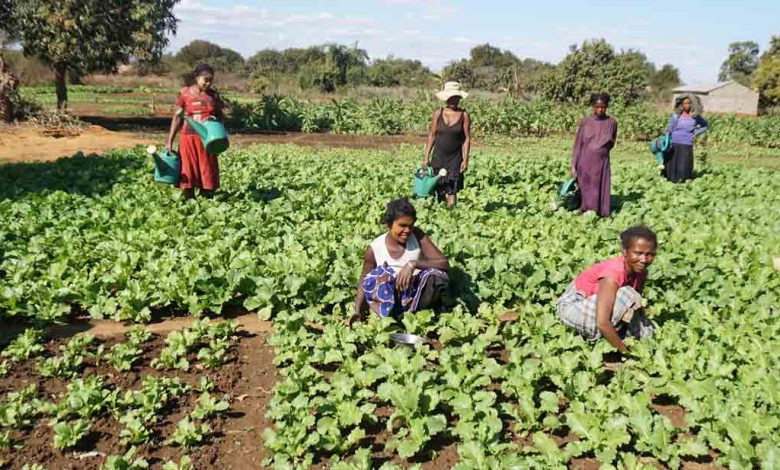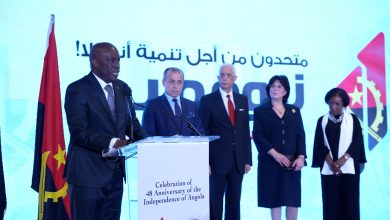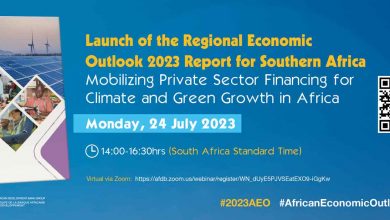Madagascar: African Development Fund’s agricultural rehabilitation project boosts farmers’ income | African Development Bank

Diplomat.Today
The African Development Bank
2023-02-14 00:00:00
——————————————-
In Madagascar, the South-West Region Agricultural Infrastructure Rehabilitation Project, funded by the African Development Bank Group, has given a new boost to agriculture, resulting in higher incomes for farmers, according to the project’s completion report dated January 11, 2023. published.
The project achieved important results: increased production, restored lowlands, strengthened value chains and others.
The African Development Fund, the African Development Bank Group’s concessional loan, funded the project with $25.02 million. The Nigeria Trust Fund, one of the Bank Group’s three entities, contributed $9.49 million and the Global Environment Facility, a multi-donor fund managed by the bank, contributed $5.9 million.
The project, implemented between 2013 and 2021, saw rice yields in the Bas-Mangoky agricultural area rise from 3.1 to 5.3 tonnes per hectare. The agricultural areas of Ranozaza and Bezaha now produce 3 tons of rice per hectare, compared to 2.4 tons before. The lima bean yield now stands at 1.2 tons per hectare, compared to 0.6 tons a decade ago.
This yield increase helped raise average farmer incomes from $415.67 in 2014 to $478.04 in 2021.
“The Madagascar governmentThe cooperation with the African Development Bank has paid off and the operation has increased agricultural productivity and farmers’ incomes in the southwest region of Madagascar. The southwest region is a rice barn for the country and will be the main supplier to the Tulear agro-industrial park, which is being built with financing from the bank,” said Adam Amoumoun, country manager of the bank in Madagascar.
The project includes the construction of major canals in Bezaha and Ranozaza, with 37 km of roads and 14,190 hectares of irrigated land. In the Bas-Mangoky area, a 40 km long protective dike was restored to prevent flooding. It also provided protective turf for several acres of land against flooding and erosion. The project also helped develop climate-resilient pre-basic seeds and helped farmers adopt resilient farming practices. It also promoted better land management. At least 75% of the region’s farmers now have land rights.
The report notes, “The agricultural area of Manombo Ranozaza has become accessible in all seasons, making it possible to transport products to the local market or the city of Tulear without major restrictions,” the document concludes.
——————————————-



